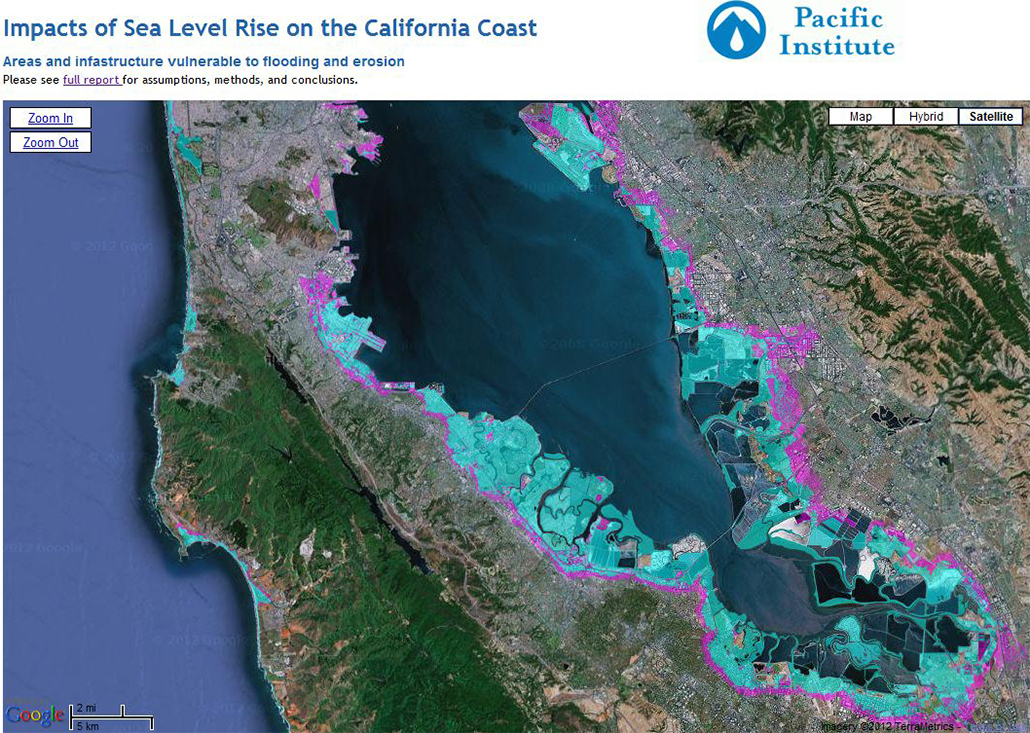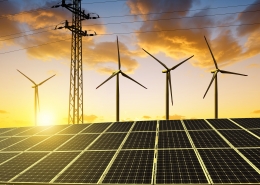More Jobs per Gallon: How Vehicle Efficiency Fuels Growth in California
Place: California • Date: 2007 • Partner: Energy Foundation
Project Summary
California’s well-known love affair with motor vehicles may be enduring, but it is a mixed blessing for the state economy. While providing essential transport, productivity, and personal services, the infrastructure needs and emissions that arise from all our driving represent large costs to society. Individuals may find direct benefits outweigh costs for their own vehicles, and infrastructure costs can be offset by economic returns and taxes. To address the broader public interest in environmental quality, however, the state has committed to more stringent regulation of transport emissions, which represent about 60% of the California’s global warming pollution.
These policies take two main forms, direct standards for vehicle emissions and indirect standards for carbon fuel consumption. Their environmental justification is relatively transparent, but because they represent substantial change to established patterns of behavior, technology, and economic relations, the policies are not without controversy. This study provides new evidence to support more informed public and private dialog on the economic implications of fuel standards. Generally speaking, we find that such measures, by increasing economic efficiency, confer significant long term gains on the California economy.
To elucidate the linkages between transport fuel efficiency, economic growth, and job creation, we used a state-of-the-art economic forecasting model to evaluate different scenarios for vehicle emissions and mileage standards. This model, which closely tracks the evolution of California’s vehicle fleet over time, projected macroeconomic aggregates, energy use, and emissions patterns between now and 2025. Before discussing the individual scenarios, we present the most salient findings of our research below.
Main Research Findings
Vehicle fuel efficiency is a potent catalyst for economic growth.
Fuel efficiency creates jobs across the economy.
Technologies that reduce GHG emission intensity, to the extent that the indirectly promote fossil fuel efficiency, and are thus themselves a source of growth and job creation.
Individual Californians gain from fuel efficiency policy whether they buy new cars or not (but most if they do).
Lower energy prices and higher incomes will increase vehicle use somewhat, but not by enough to offset fuel efficiency gains.
Vehicle efficiency stimulates economic growth by reducing fuel use and saving money for households and enterprises. These savings return as different expenditures that are, on average, less import dependent and more job intensive than the carbon fuel supply chain. Consequently, the new expenditures have stronger “multiplier” effects on state product and create many more jobs than they displace.
Except for fuel production and distribution, transport fuel efficiency creates new jobs across economic activities where consumers and enterprises spend money. This leads to employment growth far beyond “green” sectors and “green-collar” occupational categories. Indeed, the majority of new demand financed by savings from fuel efficiency goes to in-state services, a source of diverse, bedrock jobs that cannot be outsourced.
The results of this analysis also remind us that lowering energy dependence reduces economic risk, particularly against volatile oil prices that are beyond the state’s control. We saw in the 1970s what can happen to growth when energy prices turn up sharply as they are doing today, and greater fuel efficiency directly offsets this cost risk to the state’s essential transport services. Our analysisshows, for example, that California’s existing policies, including the Pavley and Low Carbon Fuel regulations, will promote growth via indirect promotion of fossil fuel efficiency.
Energy security is another essential dimension of direct and indirect transport fuel efficiency gains. Buying lower emission, fuel efficient vehicles makes sense at current oil prices, more so at probable higher future prices, but efficiency standards will lower energy costs even for those who hold on to their gas guzzlers. As the changing state vehicle fleet becomes ever more fuel efficient, this reduces pressure on long term California energy prices and confers cost of living benefits on everyone who pays for energy.
There has been much discussion in the efficiency literature about the so-called Rebound effect, which refers to more driving in response to lower vehicle use cost, energy prices, and rising income. Our results show this effect is very modest in California, amounting to less than ten percent of net fuel savings.
For all these reasons, standards that reduce vehicle emission intensity and increase fuel efficiency will enable California to enjoy significant reductions in energy dependence and global warming pollution while stimulating its economy and statewide employment with the resulting fuel savings.
For all these reasons, vehicle emission and fuel efficiency standards will enable California to enjoy significant reductions in energy dependence and global warming pollution while its economy and statewide employment grow faster.
Most Recent Entries

California and China: Leadership for a Low Carbon Future

Roadmap on the Prospects for GMS National Scaling and GMS Regional Coordination of Agrifood Traceability Schemes









